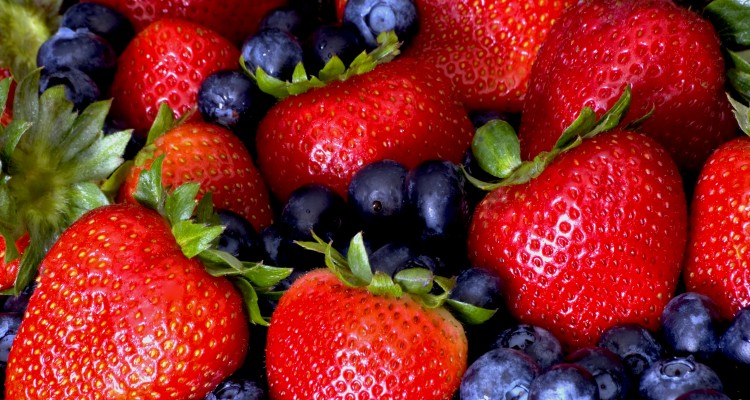Not to be confused with our beauty buddies, the probiotics, prebiotics also play an important role in your digestive health, metabolism, weight management and beauty.
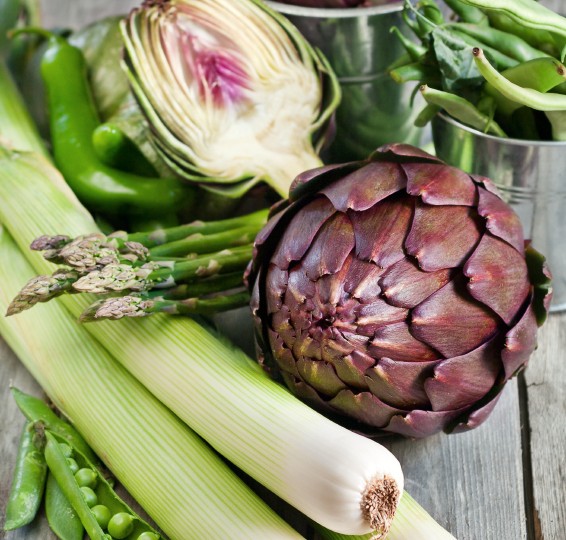
Prebiotic Foods
Thanks to the consistent and methodological work carried out by researchers in microbiology, huge progress has been made quite recently in the understanding of gut bacteria, and studies have shown promising benefits from using prebiotic foods in people struggling with digestive disorders.
But what are prebiotics? Quite simply, prebiotics are indigestible food fibres that help to boost the growth and maintenance of your ‘friendly’ gut bacteria. In other words, they’re a brilliant asset for your health goals as they allow your gut microbes to work hard so you can reap all the brilliant benefits.
While you don’t digest prebiotics, your gut bacteria uses them as essentially a free meal to power them in their endless work for you. They’re food for your friendly gut flora. Prebiotics are soluble fibre as opposed to insoluble fibre, which is the bulking agent to help push your food smoothly through our intestines.
Inulin and oligofructose are the two main types of prebiotic fibre.
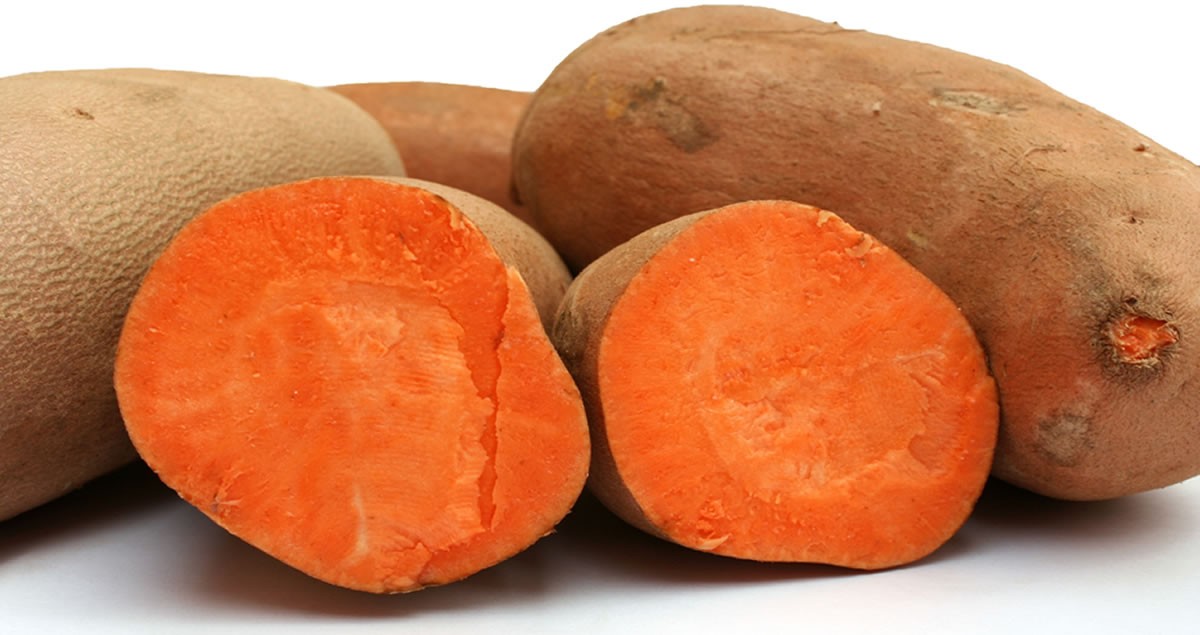
Sweet Potato – a prebiotic food
Interestingly, human breast milk contains both probiotics and prebiotics, to immediately begin to fill the newborn’s digestive tract with beneficial bacteria.
So what about the health benefits of prebiotics to us adults? Well, inulin and oligofructose have been shown to increase the levels of friendly bacteria in your gut, plus they may help to reduce cholesterol levels, lower the risk of colon cancer, enhance your immune system and help with the synthesis of various vitamins.
They may also help to increase the absorption of magnesium and calcium in the gut, needed for healthy bones, teeth, muscles and so much more.
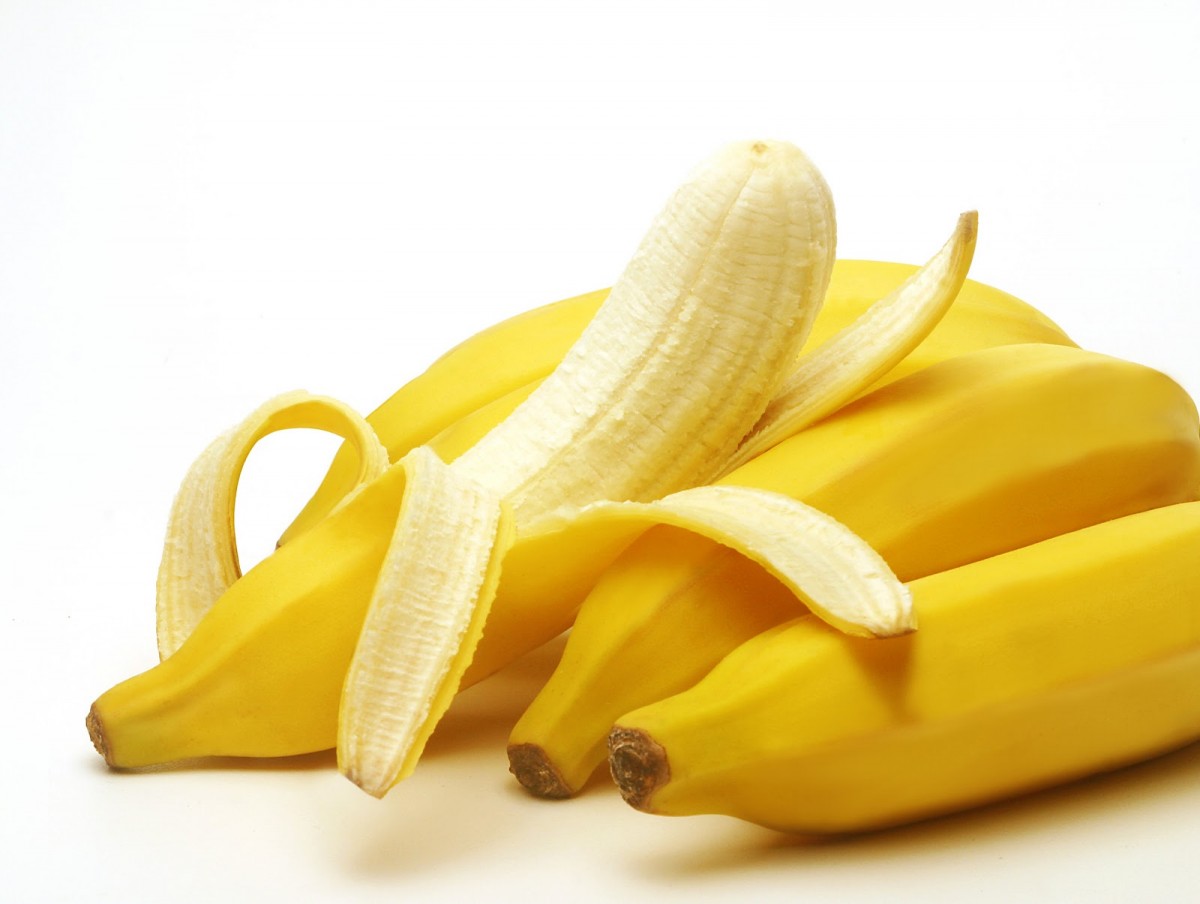
Banana – A prebiotic food
Butyric acid is an extremely beneficial type of short chain fatty acid, made by prebiotics in the colon. It’s been such a major part of your gut make-up for so long, that your colon has evolved to use butyric acid as a primary source of energy for the cells lining your gut. But even more than that, it’s shown to have anti-inflammatory properties and helps to protect the health of our intestinal cells.
Studies also show that it can boost your metabolism, improve stress levels and immunity. I don’t know of many people who would turn down all of that!
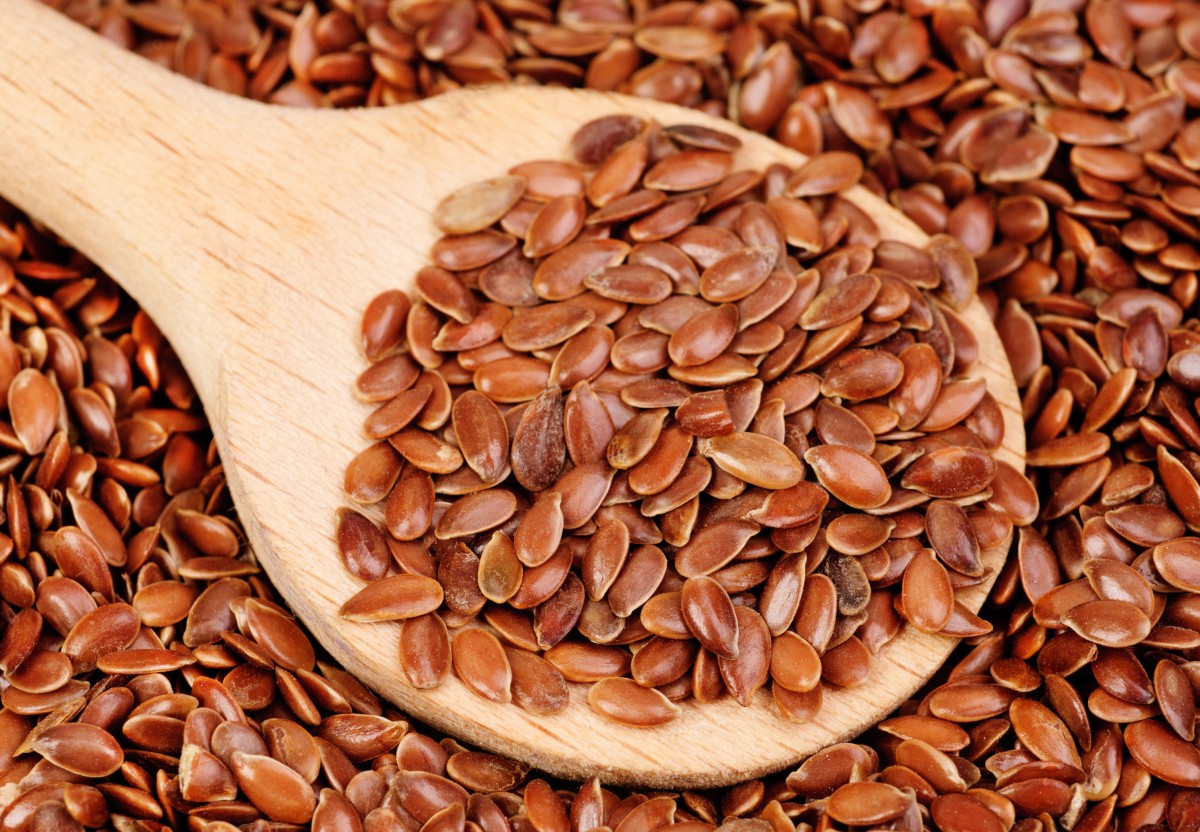
Flaxseed – a prebiotic food
Now that you know a little bit about butyric acid and the importance of prebiotics for your health and beauty, what are the best food sources for them? Well I’m sure you’ll be pleased to know that prebiotics are found in a range of inexpensive, everyday and widely available foods. No fancy, pricey supplements necessary! Whole plant foods are the best source of both prebiotics and butyric acid. Included in the list are sweet potatoes, raw bananas, raw leeks, raw garlic, raw onions, raw asparagus, raw chicory, whole grains, beans, fruit and nuts. The higher the fibre the better, as clinical trials show that the more dietary fibre eaten, the more butyrate is produced, and vice versa.
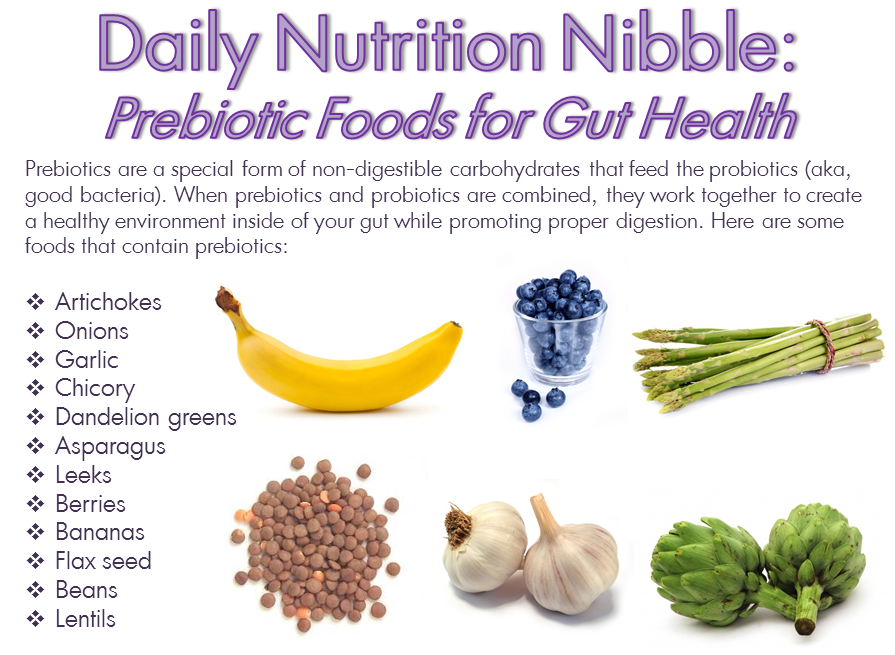
Health Tip: Bananas are a great source of prebiotics, as well as so many other beautifying vitamins, minerals and fibre. I aim to eat one a day, and they’re brilliant for making homemade smoothies thicker and sweeter!

